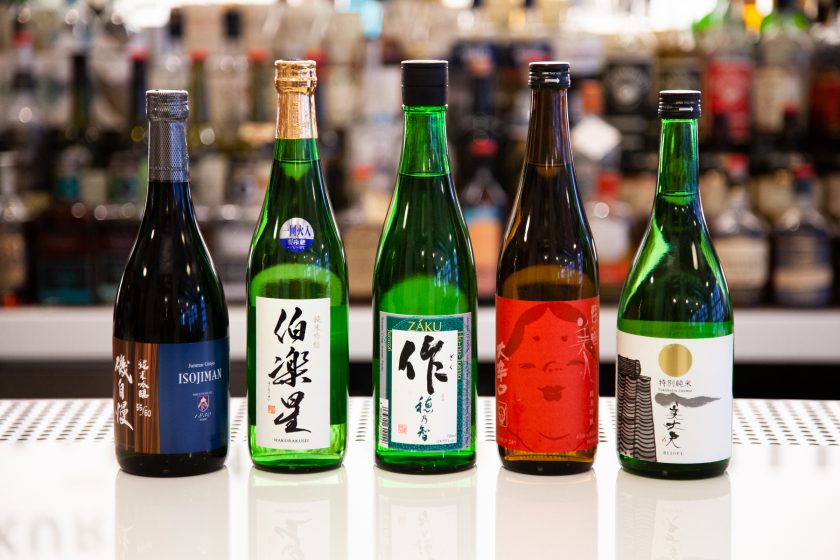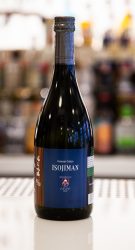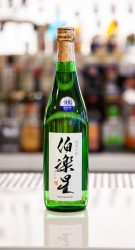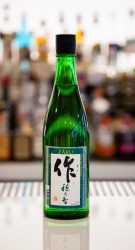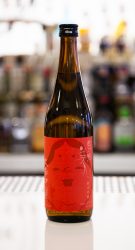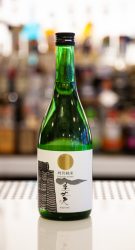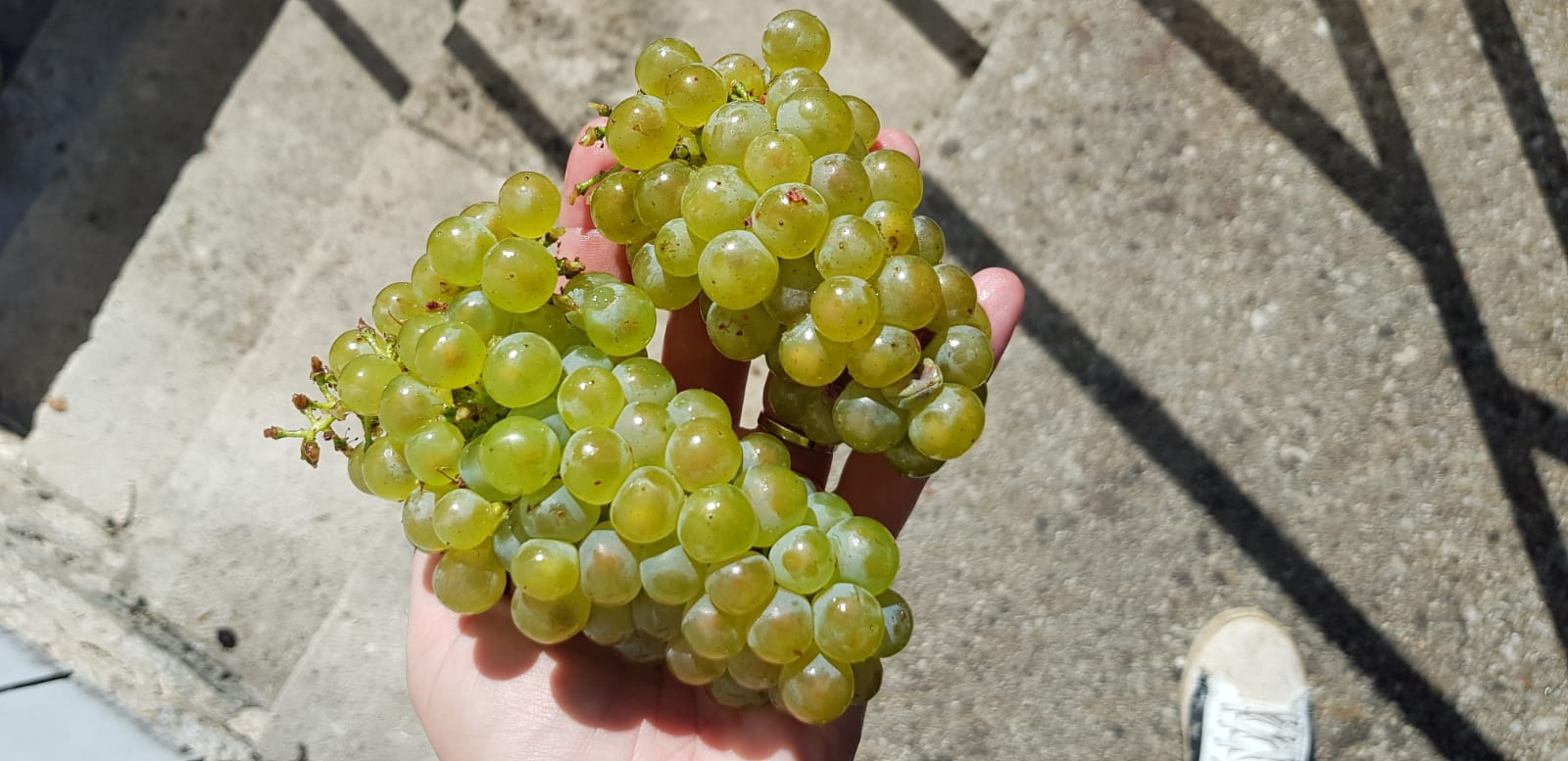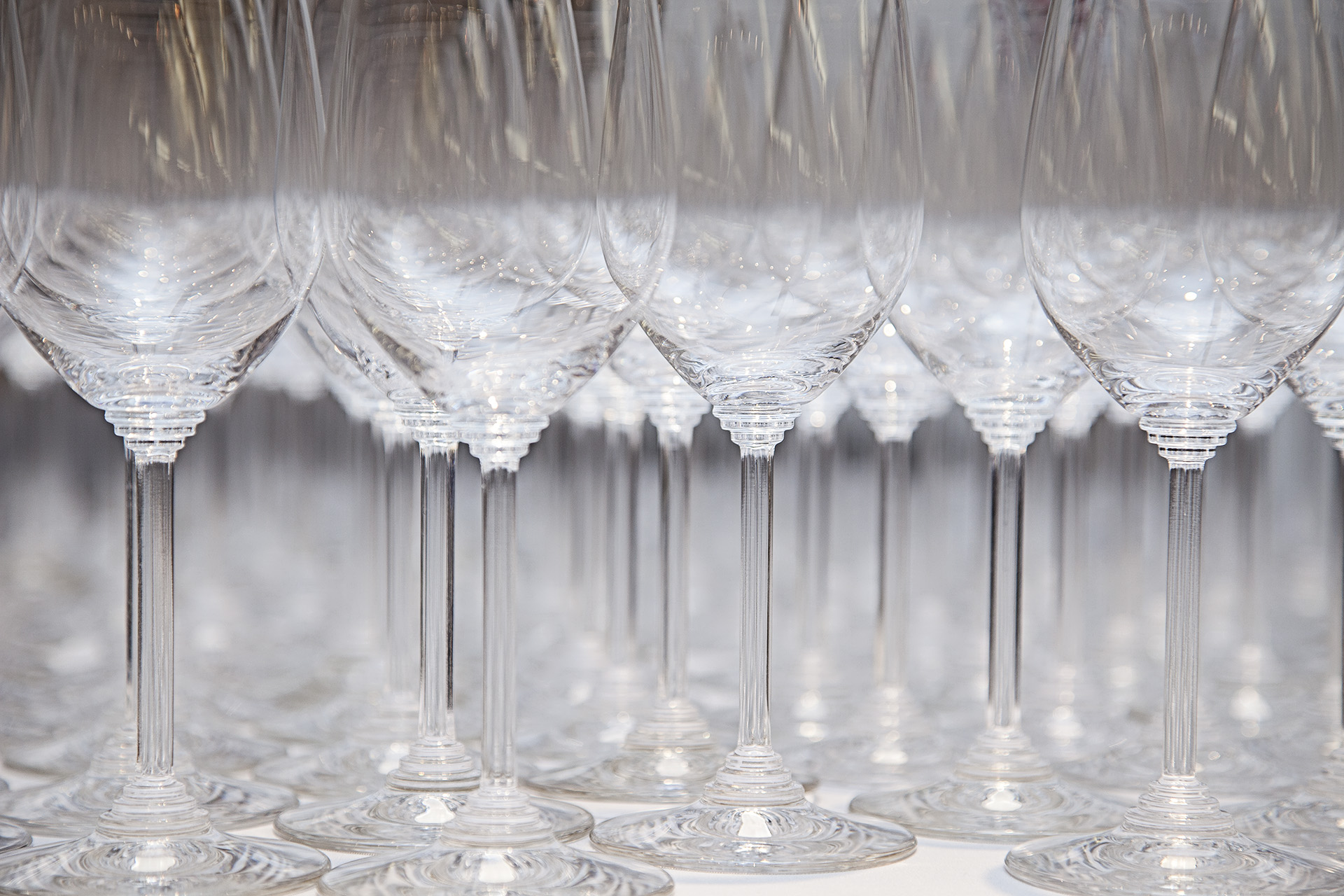Skurnik Wines is pleased to announce the addition of a premium Japanese sake portfolio to California!
The vast world of sake making covers the entire Japanese archipelago and has a rich history stretching back at least 1400 years. Just as we’ve been doing for years with wine, we are excited to introduce the US to a variety of small batch, premium sake from family producers, most with histories stretching back a hundred years or more.
Interest in sake has been rising along with a general fascination with all Japanese culinary traditions, and Americans are beginning to discover the complexity and diversity of this delicious category. Incredibly versatile to pair with food, it is particularly good not just with classics like raw oysters and fish roe, but also an unexpectedly good match with cheeses of all kinds, and some bolder varieties holding up to pork loin, steak, and venison.
We are proud to offer seventeen new sake from nine of the world’s best sake makers, many of which are entirely new to the state of California. They are all premium grade sake, made in small batches with traditional methods by breweries owned and operated by the same families for generations.
The many categories of premium sake can easily trip up a beginner, especially since they tell you more about how the sake is made than how it will taste. We prefer to discuss where the sake comes from, who makes it, and why they make it the way they do, but let’s quickly cover the subject of sake classifications.
Since premium sake is made from rice and water, the form of rice has become a basis for sake categories. White rice is just brown rice with the bran milled off, and in the past century the technology used for milling rice has been able to go farther than just the bran. It is now possible to mill off more outer layers of each grain evenly, taking away the parts of rice that lead to rich and earthy flavors and getting down to the pure starchy core of rice which can lead to pretty and elegant flavors. These new pretty and elegant sake seemed to be a whole new category entirely, and they came to be known as ginjo. In order to legally define what was and wasn’t ginjo, the industry settled on the standard that if you are using rice milled to 60% of its original size (meaning 40% of the outer layers milled away), you can call your sake a ginjo.
What does that mean for selecting and drinking the stuff? Well, if you see the word ginjo somewhere on the label, whether on its own or in a longer phrase like Junmai Daiginjo, you know you have a sake made from highly milled rice that will most likely be showing lots of layers, complexity, and elegance. Take two examples: Isojiman is a legendary producer that pioneered the ginjo style and showed just how elevated it could be. Their Junmai Daiginjo sake has a gorgeous, fruity bouquet, a light and delicate structure, and a definitive saline finish. Contrast that with the powerhouse Junmai Daiginjo sake from Azumaichi which is similarly complex but is full bodied, rich, and contains a multitude of flavor from melon to toasted grains.
This doesn’t necessarily mean all the good stuff is ginjo, there are many delicious examples of sake that– while not as high flying and complex– are beautiful and food-friendly. The Tokubetsu Junmai sake from Bijofu is a particular favorite of ours, light and pretty, with a dry minty finish that pairs beautifully with fatty fish like salmon and tuna. Another tasty example is the Hojo Biden Yamahai Junmai, which tastes like the great sake of yesteryear. Rich and creamy with a touch of sweetness, you wouldn’t confuse this for a pretty and layered ginjo, but that doesn’t detract from its compelling flavors of almonds and wild honey. Served next to rich dishes like hot pot or wild boar stew (a common dish in mountainous rural Japan) the complexities of a ginjo would be lost, but a stout Junmai like Hojo Biden would be right at home.
We are excited to further explore the possibilities of this deep and delicious category.
Listed below are the producers that are currently available in Cali with the brands they produce in parenthesis:
- Yamachu Honke Brewery (Gikyo)
- Gochoda Brewery (Azumaichi)
- Hamakawa Shoten Brewery (Bijofu)
- Isojiman Brewery (Isojiman)
- Niizawa Brewery (Hakurakusei, Atago no Matsu)
- Sumikawa Brewery (Toyo Bijin)
- Takagi Brewery (Juyondai)
- Shimizu Seizaburo Shoten (Zaku)
As they say in Japan, kampai!




